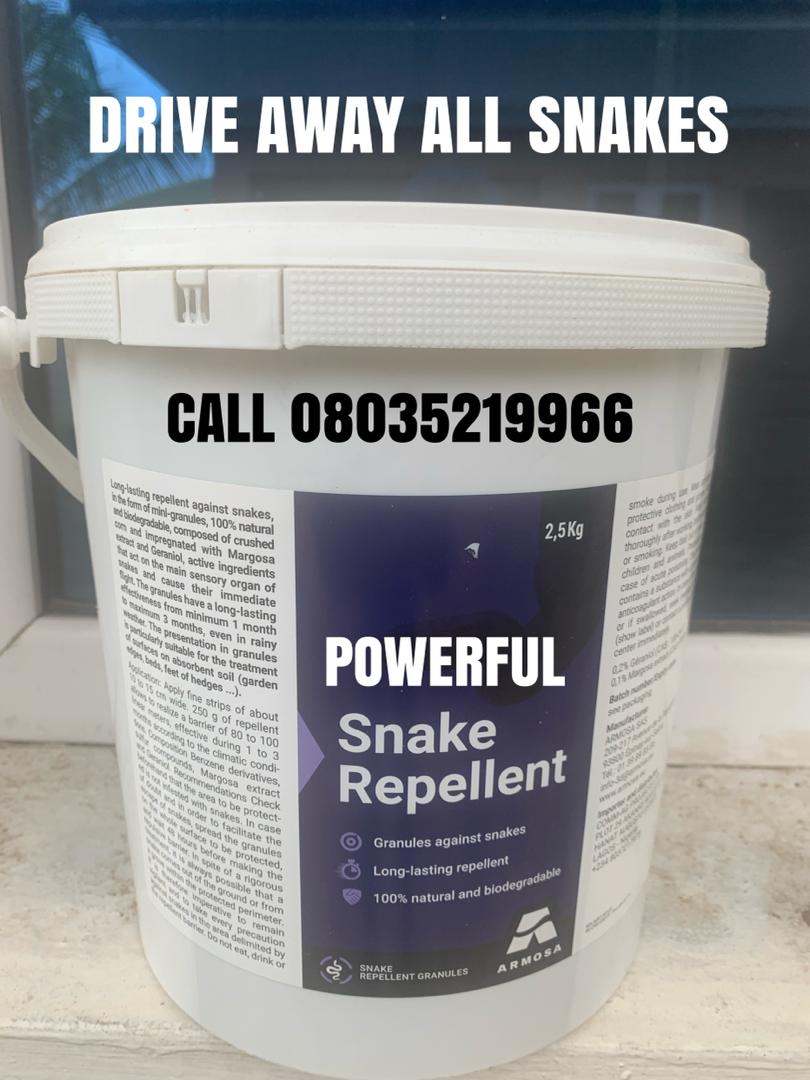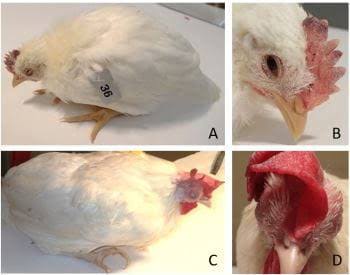9 signs usually associated with viral diseases of poultry
1. **Sudden drop in egg production:** Viral diseases can affect the reproductive organs, leading to a noticeable decrease in egg production.
 Learn More
Learn More2. **Respiratory symptoms (coughing, sneezing):** Many poultry viruses affect the respiratory system, causing chickens to exhibit signs like coughing and sneezing.
3. **Watery or discolored droppings:** Changes in fecal consistency and color may indicate gastrointestinal distress, a common symptom of viral infections.
4. **Swelling or discoloration of the comb and wattles:** Viral diseases can impact blood circulation and cause visible signs like swelling or changes in color in the comb and wattles.
READ ALSO 15 Biosecurity checking points in poultry broiler production
5. **Lethargy and reduced activity:** Infected birds often become lethargic, showing a decrease in overall activity levels and reluctance to move.

6. **Loss of appetite and weight loss:** Viral infections can lead to a decreased appetite, resulting in weight loss over time.
READ ALSO 10 ways to engineer a successful poultry broiler production
7. **Drop in overall flock health:** Viral diseases can compromise the general health of the entire flock, with multiple birds showing signs of illness simultaneously.
8. **Increased mortality rates:** Higher-than-normal mortality rates are often observed during outbreaks of viral diseases among poultry.
ATTENTION: Click “HERE” to join our WhatsApp group and receive More updates directly on your WhatsApp!
9. **Changes in feather condition (e.g., ruffled feathers):** A decline in feather quality, such as ruffled or unkempt feathers, may be indicative of underlying health issues, including viral infections.
🧩CREATED BY DR JOSEPH DEJI-FOLUTILE















